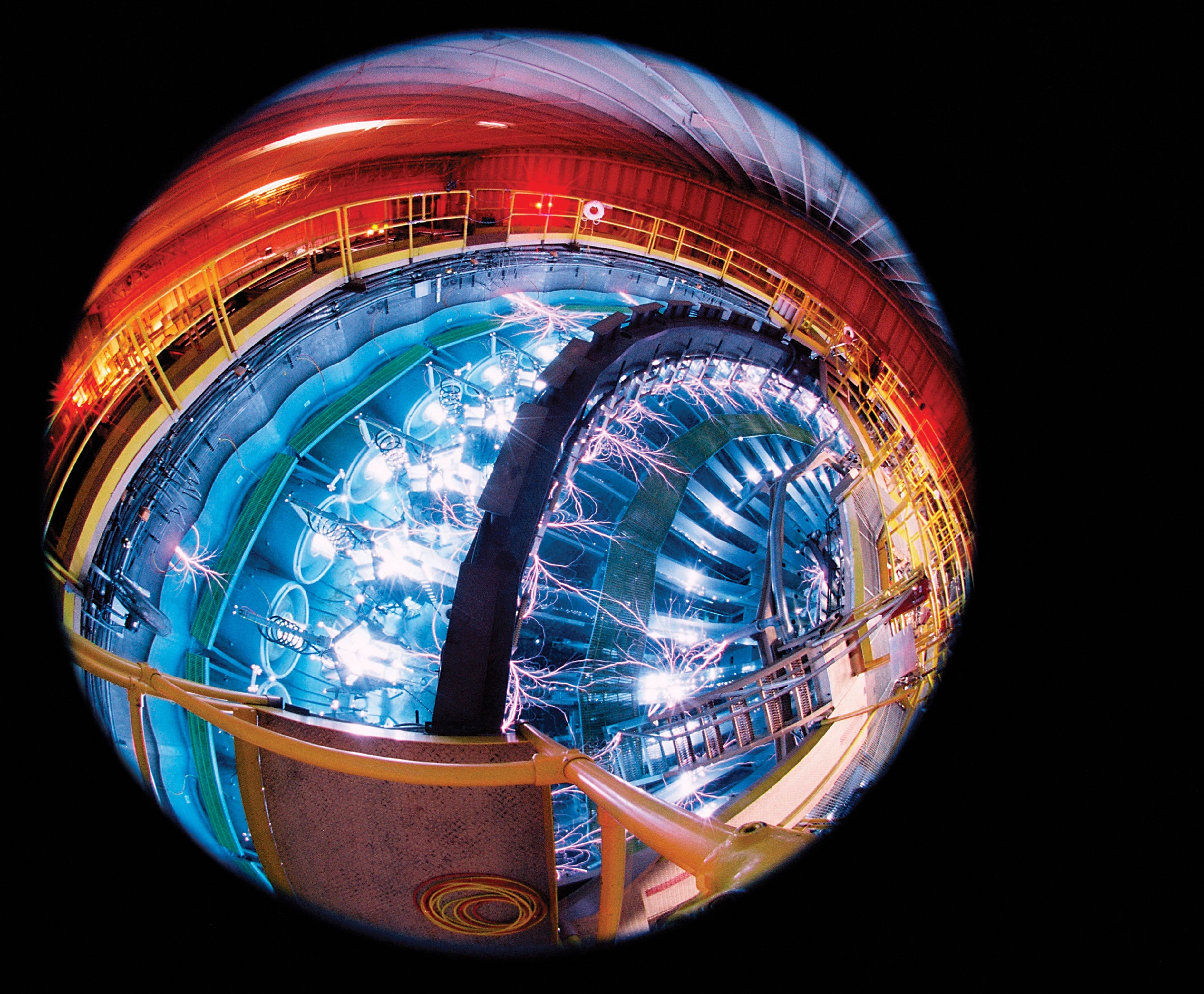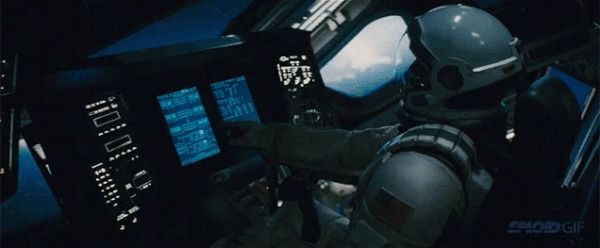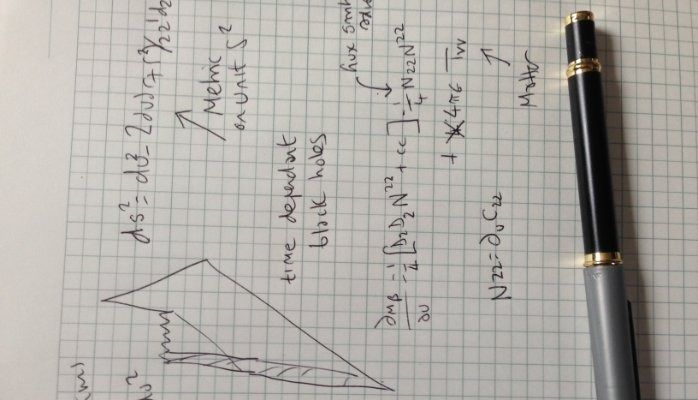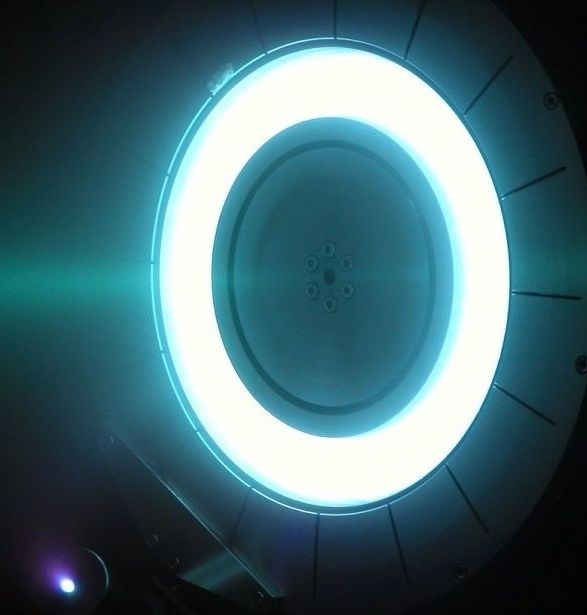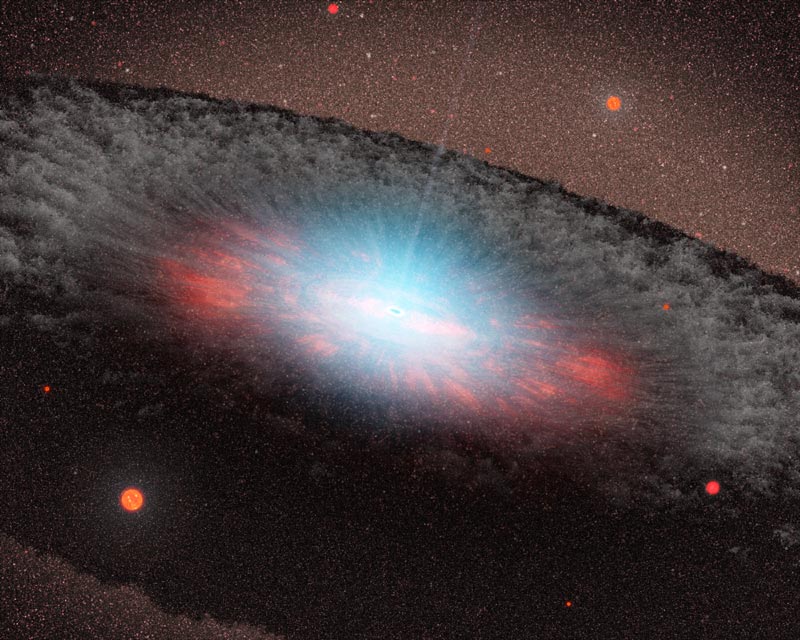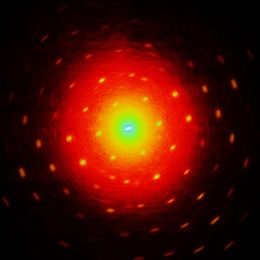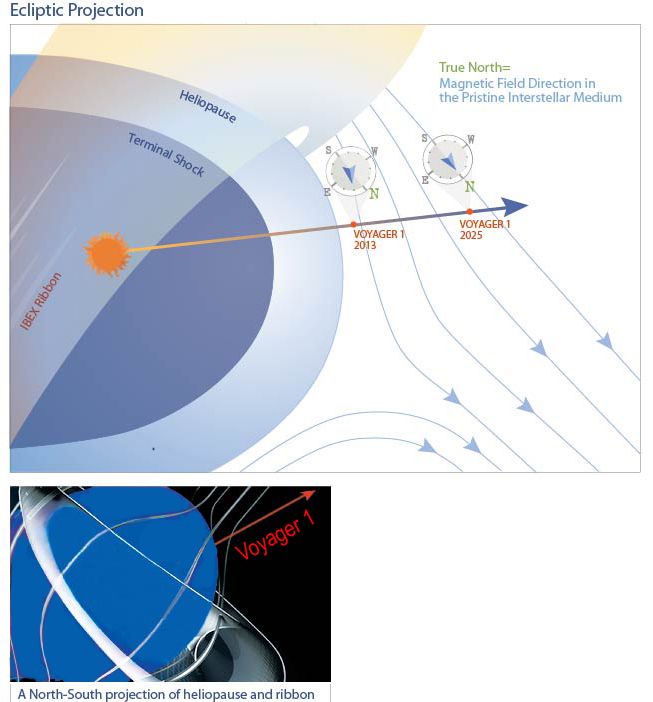Archive for the ‘physics’ category: Page 289
Nov 5, 2015
Why NASA’s EmDrive Might Be the Most Exciting Breakthrough in Tech Right Now
Posted by Sean Brazell in categories: energy, physics, space travel
Earthlings, meet the EmDrive, the rocket of the future.
Allegedly, Eagleworks Labs at NASA’s Johnson Space Center has defied a Newtonian law of physics and created a futuristic warp drive. If it’s real, it could be the most exciting breakthrough in space-travel technology to date: an engine that gets from point A to point B without using any fuel — and does it crazy fast.
Despite months of skepticism, our nation’s aerospace agency wants you to believe its latest findings are legit. Recent studies purportedly prove the EmDrive’s authenticity. Even NASA researcher Paul March hopped on a (non-NASA-affiliated) spaceflight forum to chat about the agency’s findings.
Nov 4, 2015
Hawking — Proposing a solution for the Black Hole Information Paradox
Posted by Andreas Matt in categories: cosmology, physics
In an article published on her blog Sabine Hossenfelder suggests, not altogether tongue in cheek, that the results of a recent experiment by Jeff Steinhauer about Hawking radiation (full title of the paper “Observation of Thermal Hawking Radiation and its entanglement in an analogue black hole”) might earn a ‘return visit’ to Stockholm for Hawking in order to collect a Nobel Prize. I don’t think that Steinhauer’s work, impressive as it might seem, and as well presented as it is, will lead to any return visit to Stockholm for Stephen Hawking (or at least not anytime soon…), but I do think that a much more significant development is gathering pace that will have a far reaching effect on our understanding of the universe and provide a resolution to a long standing problem in theoretical physics thats just as important if not more important than winning a Nobel Prize.
I refer to Hawking’s brief comments made on August 25th at the Swedish Royal Institute for Technology at a conference on Hawking Radiation sponsored by the Nordic Institute for Theoretical Physic s (NORDITA). Hawking’s comments were made during the course of a short (8 minute) presentation that could well end up being the most significant scientific advance made in the century since Einstein’s paper on General Relativity was published in November 1915. That’s no small claim, but one that is increasingly looking as if it has some serious merit.
This short note describes in a little more detail why I believe this to be the case.
Nov 2, 2015
In a new round of testing, NASA confirms yet again that the ‘impossible’ EMdrive thruster works
Posted by Sean Brazell in categories: physics, space travel
Engineer Roger Shawyer’s controversial EM Drive thruster jets back into relevancy this week, as a team of researchers at NASA’s Eagleworks Laboratories recently completed yet another round of testing on the seemingly impossible tech. Though no official peer-reviewed lab paper has been published yet, and NASA institutes strict press release restrictions on the Eagleworks lab these days, engineer Paul March took to the NASA Spaceflight forum to explain the group’s findings. In essence, by utilizing an improved experimental procedure, the team managed to mitigate some of the errors from prior tests — yet still found signals of unexplained thrust.
Isaac Newton should be sweating.
Flying in the face of traditional laws of physics, the EM Drive makes use of a magnetron and microwaves to create a propellantless propulsion system. By pushing microwaves into a closed, truncated cone and back towards the small end of said cone, the drive creates the momentum and force necessary to propel a craft forward. Because the system is a reactionless drive, it goes against humankind’s fundamental comprehension of physics, hence its controversial nature.
Nov 2, 2015
Is The Alcubierre Warp Drive Possible? | Space Time | PBS Digital Studios
Posted by Julius Garcia in categories: physics, space travel
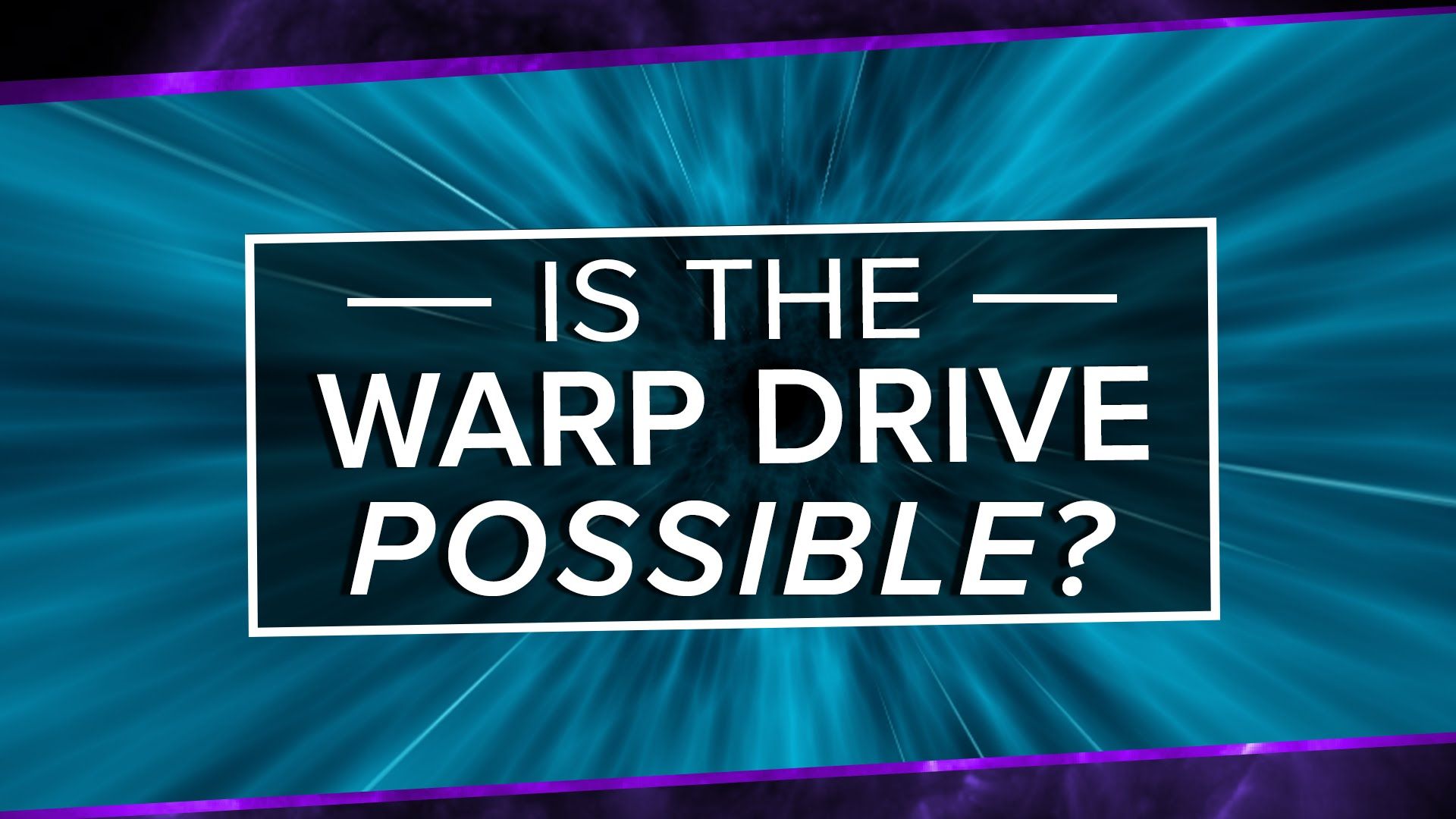
Is mankind capable of achieving warp speed?
Tweet at us! @pbsspacetime
Facebook: facebook.com/pbsspacetime
Email us! pbsspacetime [at] gmail [dot] com.
Continue reading “Is The Alcubierre Warp Drive Possible? | Space Time | PBS Digital Studios” »
Nov 1, 2015
Researcher shows that black holes do not exist
Posted by Josef Koch in categories: cosmology, physics
Black holes have long captured the public imagination and been the subject of popular culture, from Star Trek to Hollywood. They are the ultimate unknown – the blackest and most dense objects in the universe that do not even let light escape. And as if they weren’t bizarre enough to begin with, now add this to the mix: they don’t exist.
By merging two seemingly conflicting theories, Laura Mersini-Houghton, a physics professor at UNC-Chapel Hill in the College of Arts and Sciences, has proven, mathematically, that black holes can never come into being in the first place. The work not only forces scientists to reimagine the fabric of space-time, but also rethink the origins of the universe.
“I’m still not over the shock,” said Mersini-Houghton. “We’ve been studying this problem for a more than 50 years and this solution gives us a lot to think about.”
Oct 30, 2015
Germany is about to start up a monster machine that could revolutionize the way we use energy
Posted by Sean Brazell in categories: nuclear energy, physics, singularity
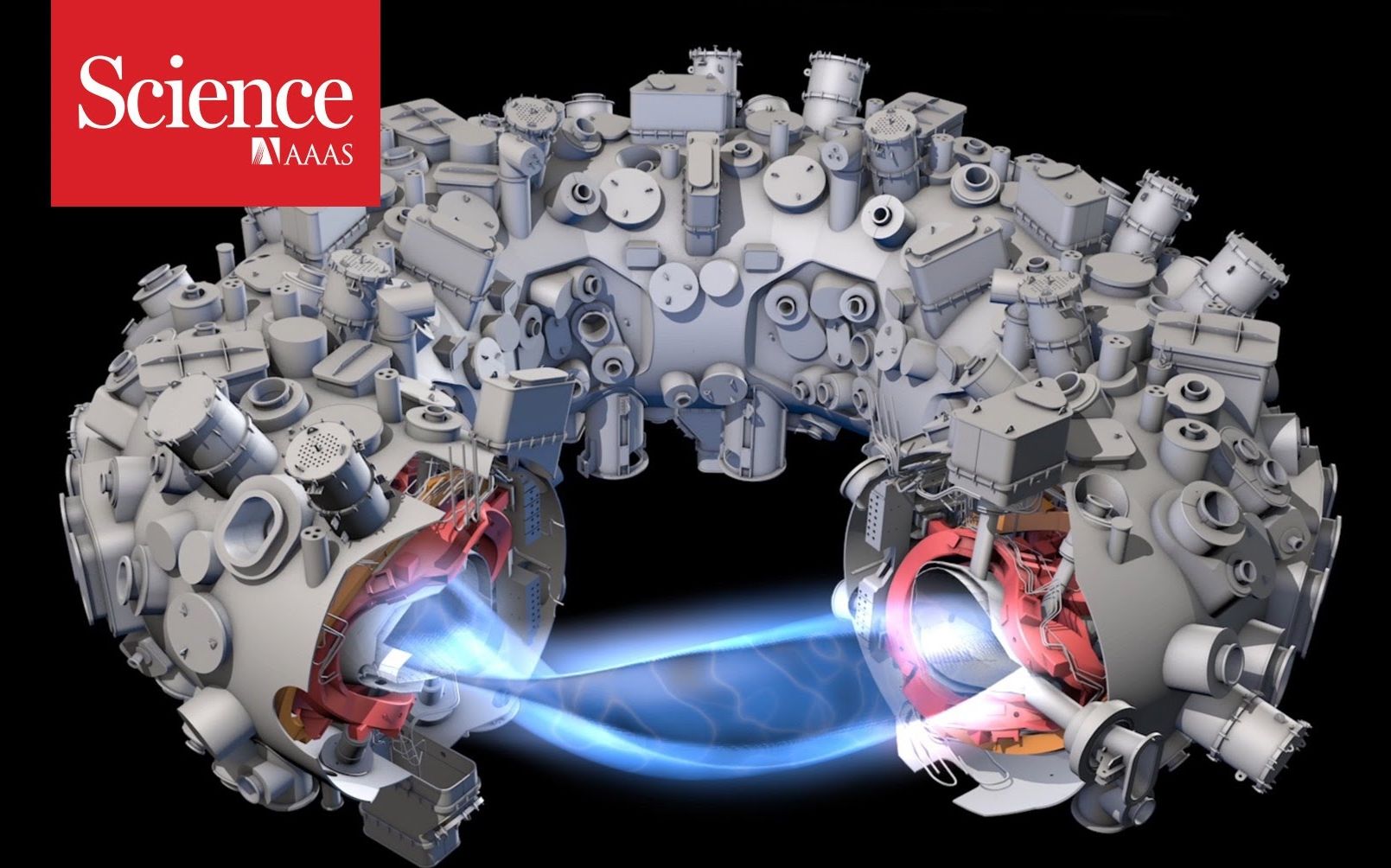
This is the energy source that will power the Singularity.
And everything else, too.
Oct 30, 2015
Attosecond physics: Film in 4-D with ultrashort electron pulses
Posted by Sean Brazell in categories: nanotechnology, physics
Abstract: Physicists of the Ludwig-Maximilians-Universität (LMU) in Munich shorten electron pulses down to 30 femtoseconds duration. This enables them to gain detailed insight into atomic motions in molecules.
Oct 29, 2015
Study solves mysteries of Voyager 1‘s journey into interstellar space
Posted by Andreas Matt in categories: physics, space travel
In a study published today in the Astrophysical Journal Letters, scientists from the University of New Hampshire and colleagues answer the question of why NASA’s Voyager 1, when it became the first probe to enter interstellar space in mid-2012, observed a magnetic field that was inconsistent with that derived from other spacecraft observations.
Voyager 1 sent back several different indications that it had punched through the edge of our sun’s massive protective bubble inflated by solar wind—the heliosphere—after a 35-year journey. But the magnetic field data gathered by the spacecraft was not what scientists had expected to see. The UNH-led study resolves the inconsistencies.
“There are still naysayers out there regarding Voyager 1 crossing through the heliopause—the edge of the heliosphere,” says astrophysicist Nathan Schwadron of the UNH Institute for the Study of Earth, Oceans, and Space and department of physics and lead author of the paper. “And the reason for this doubt is that when the spacecraft supposedly broke through the heliopause we should have seen some sort of distinctive shift in the magnetic field from one medium to the other,” Schwadron says.
Oct 28, 2015
Free energy of Tesla. Film (Dubbed into English)
Posted by Shailesh Prasad in categories: bioengineering, energy, physics
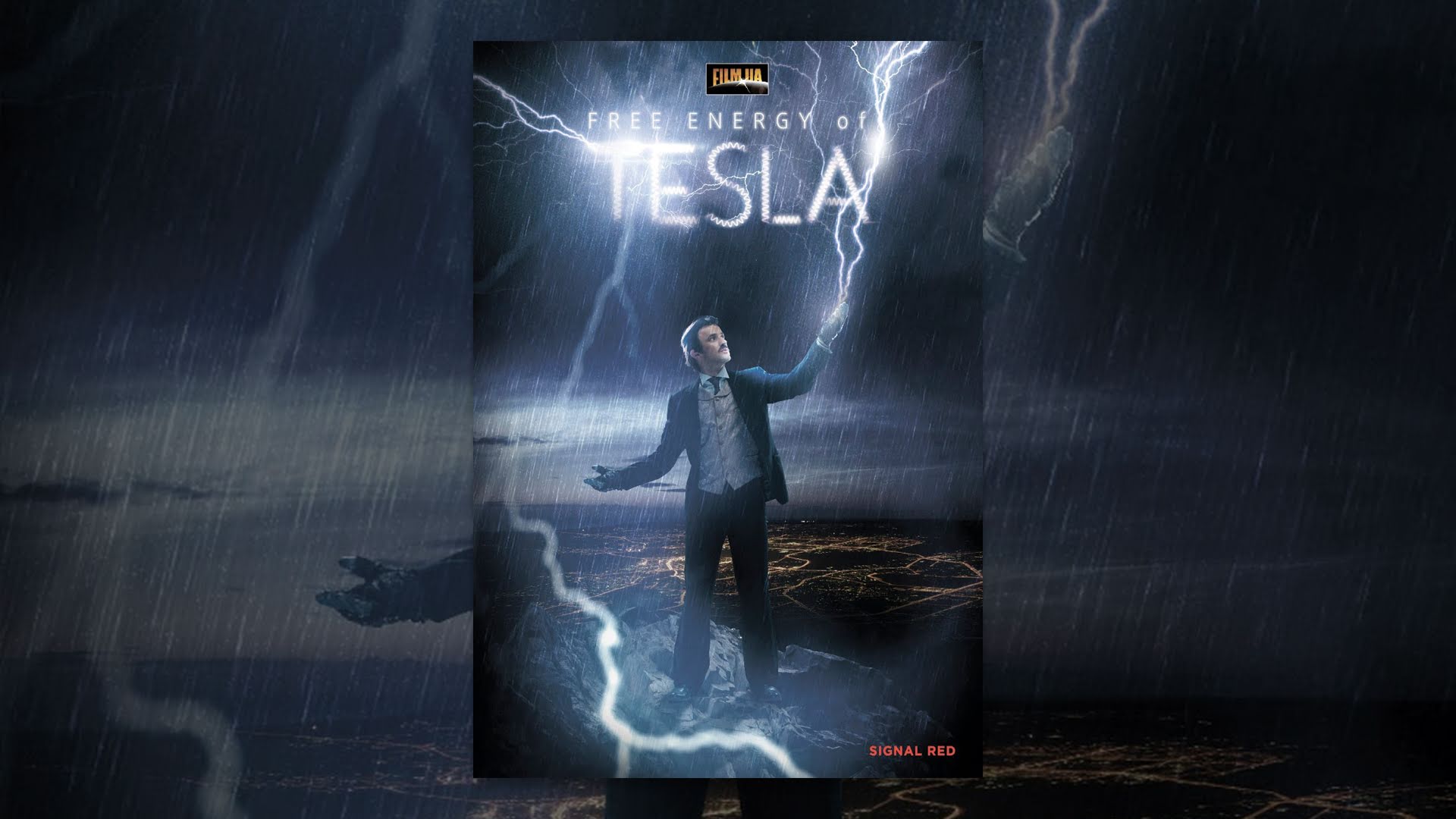
Site — http://goo.gl/oORnr
IMDB — http://goo.gl/0PQvB
Instagram — http://goo.gl/JiyAC
Twitter — http://goo.gl/Ne8ZE
LinkedIn — http://goo.gl/myBN0
Vimeo — http://goo.gl/c57k6
Genre: docudrama
Type: documentary
Year: 2011
Director: Misha Kostrov
Creative director: Eugene Sannikov
Producer: Victor Mirsky, Sergey Sozanovsky
Creative producer: Oksana Maidanskaya
Director of photography: Vladimir Kratinov
Scriptwriter: Nataliya Doilnitsyna
Аwards: Platinum Remi Award, WorldFest Houston 2013
The film tacks together two tales: a historical account of Tesla’s eventful life and his pioneering research into physics and bold experiments with electricity.
Continue reading “Free energy of Tesla. Film (Dubbed into English)” »
